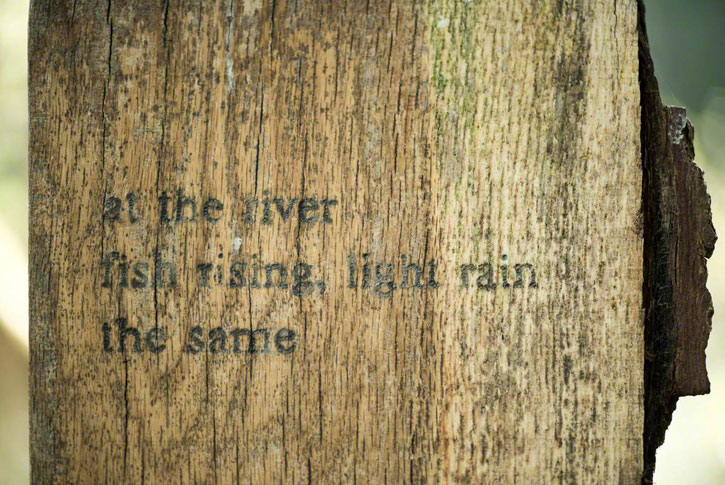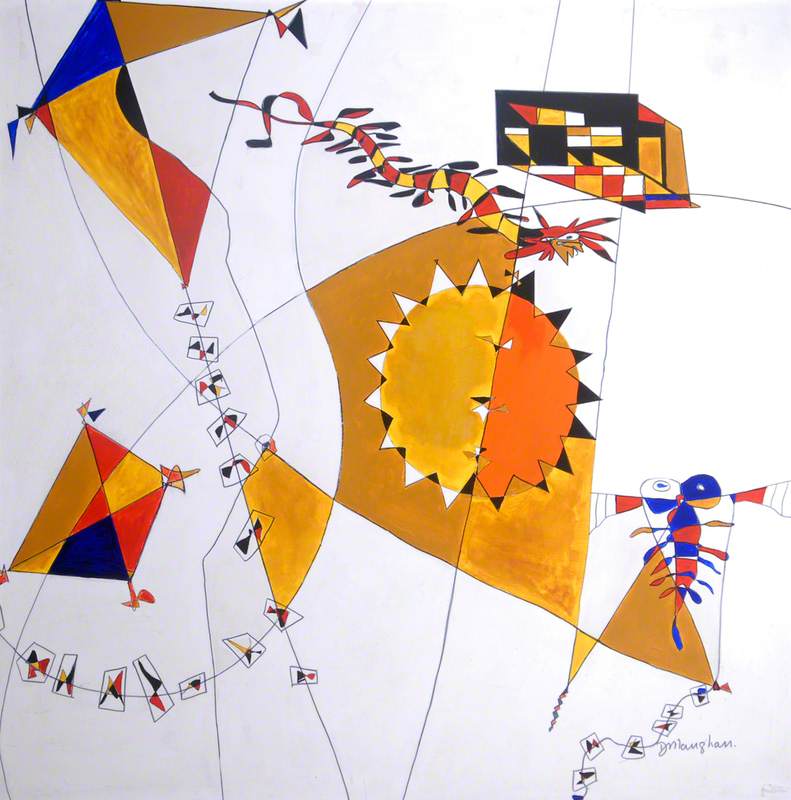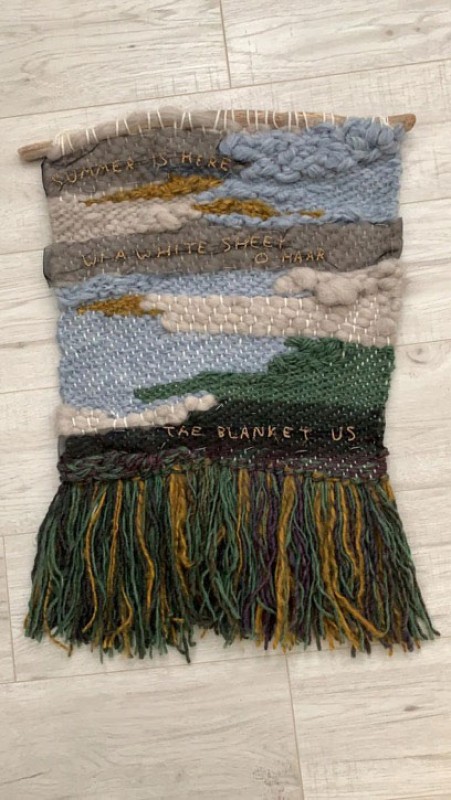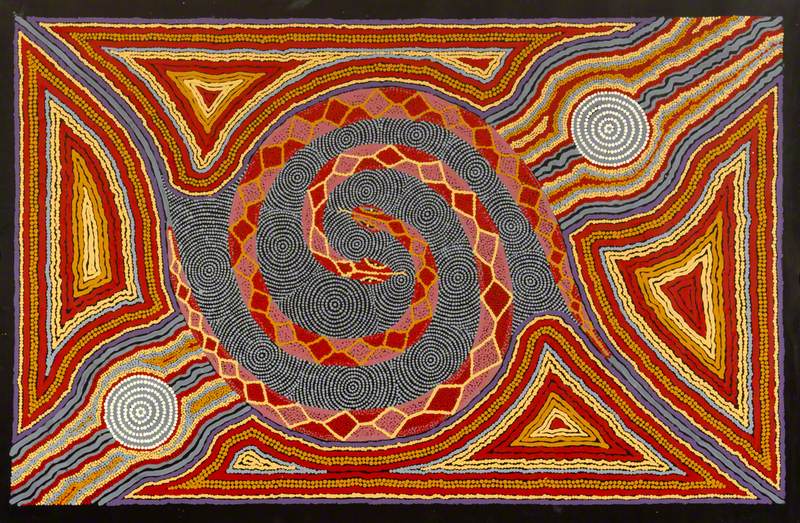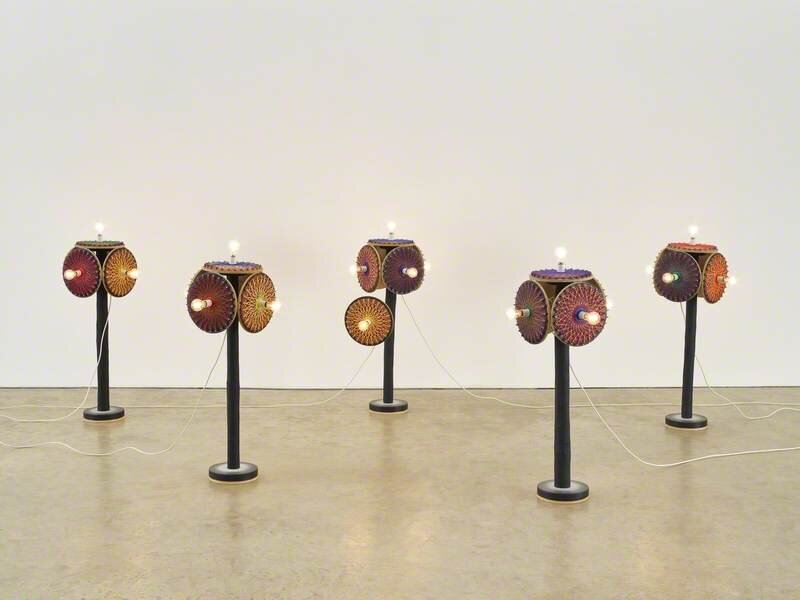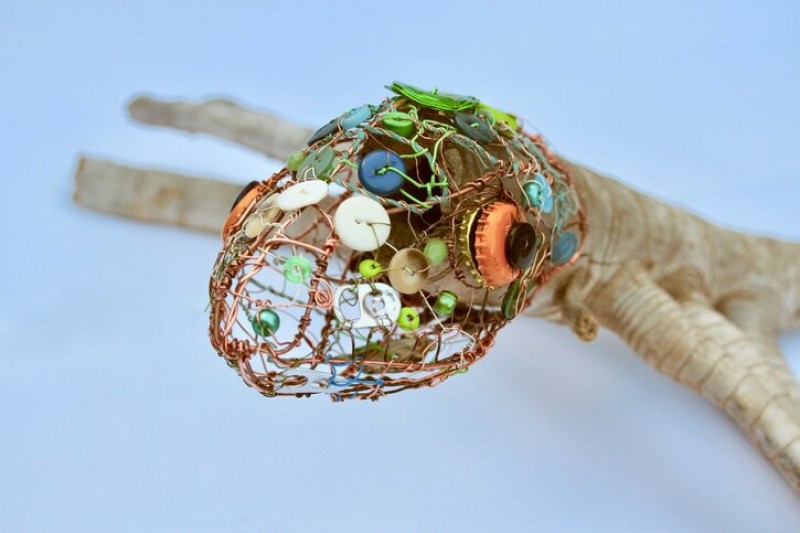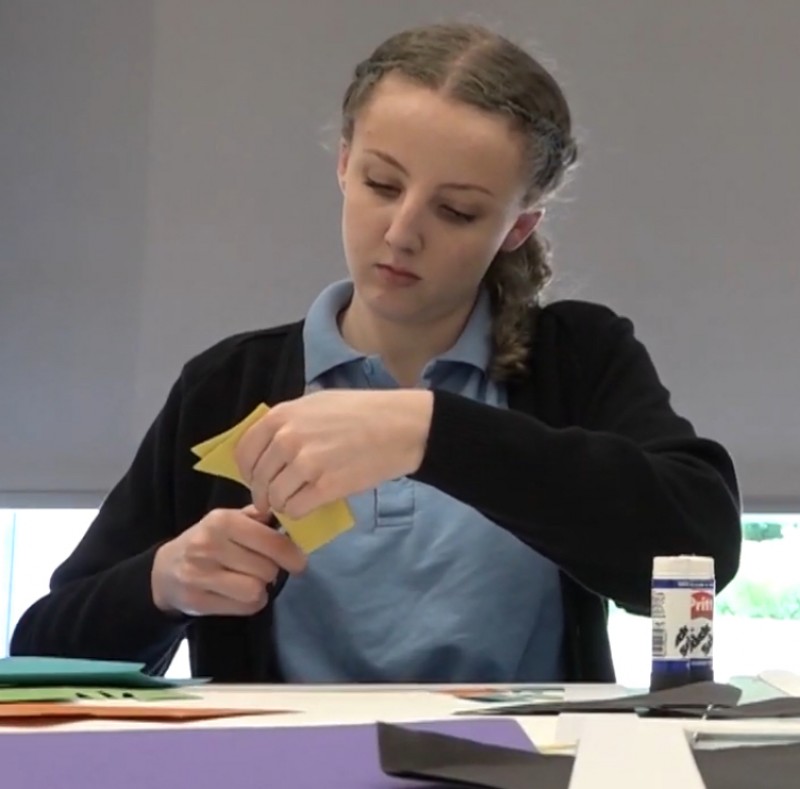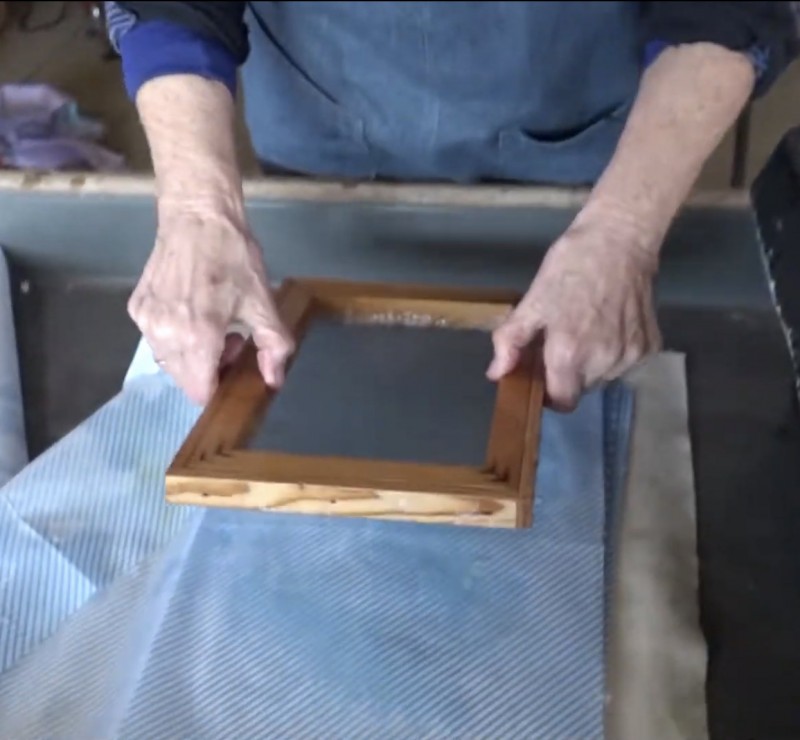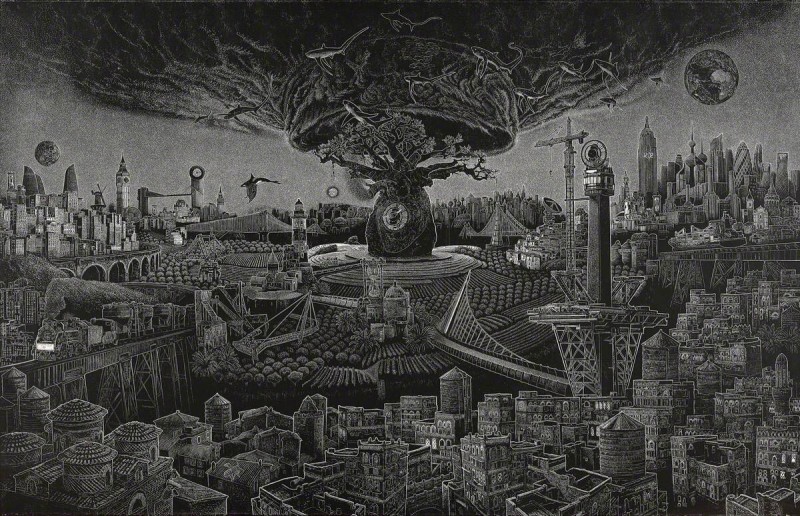Have a go!
Have a go at creating your own haiku inspired by the seasons. Here's how...
1. Inspiration: choose an artwork that inspires you
We have pulled together some summer, autumn, winter and spring-themed artworks below for you to use as a starting point.
You could also search Art UK's website to find your own artworks. (Search for the names of the seasons, and also try searching for words that you associate with the different seasons such as 'snow', 'buds', 'sunshine', 'holidays' and 'harvest'.)
Winter
Browse winter-themed artworks and choose one that inspires you.
-
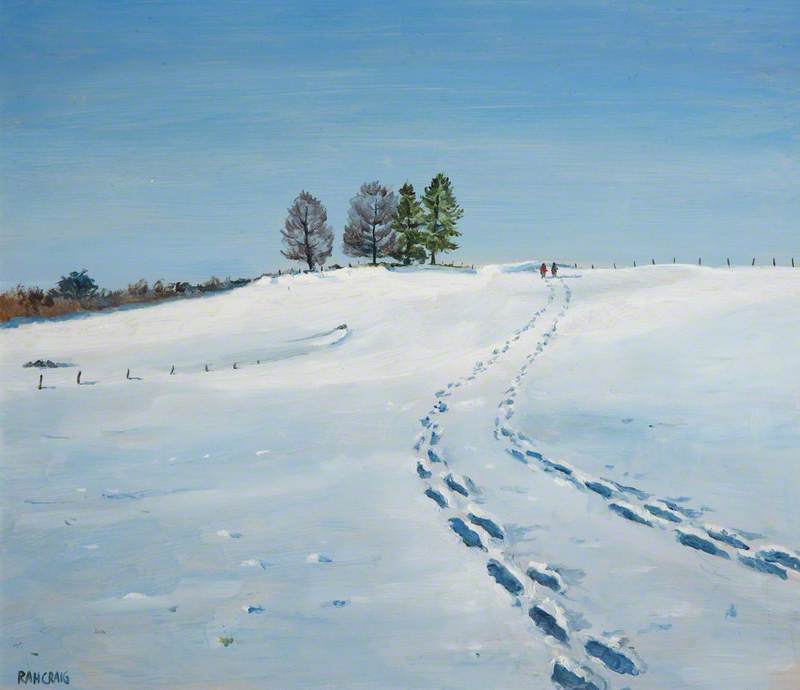
Footprints in the Snow
Ronald A. H. Craig (b.1927)
-
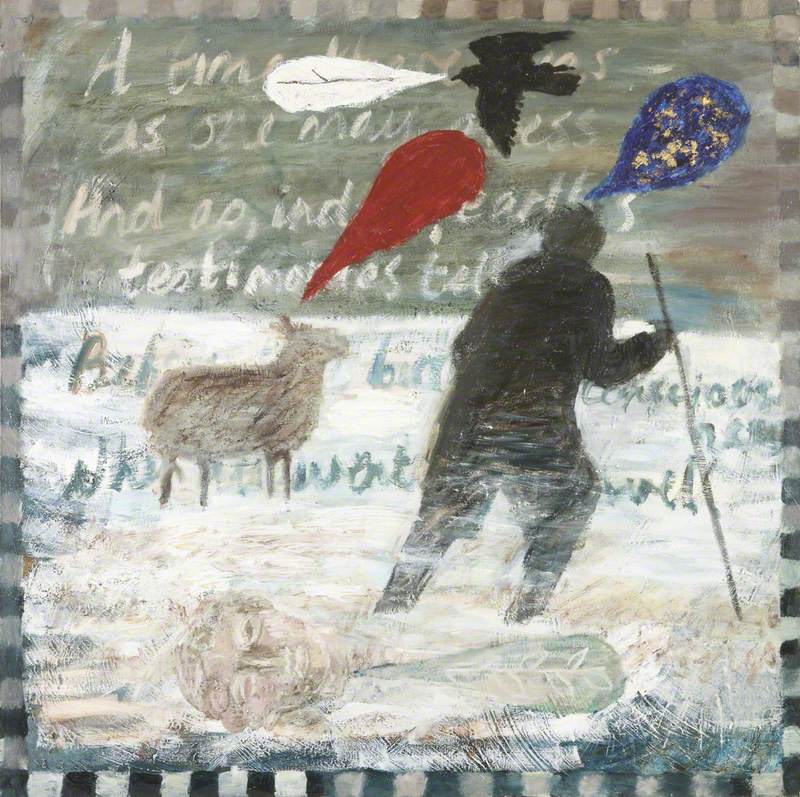
Winter Words
Paul Taylor (b.1961)
-
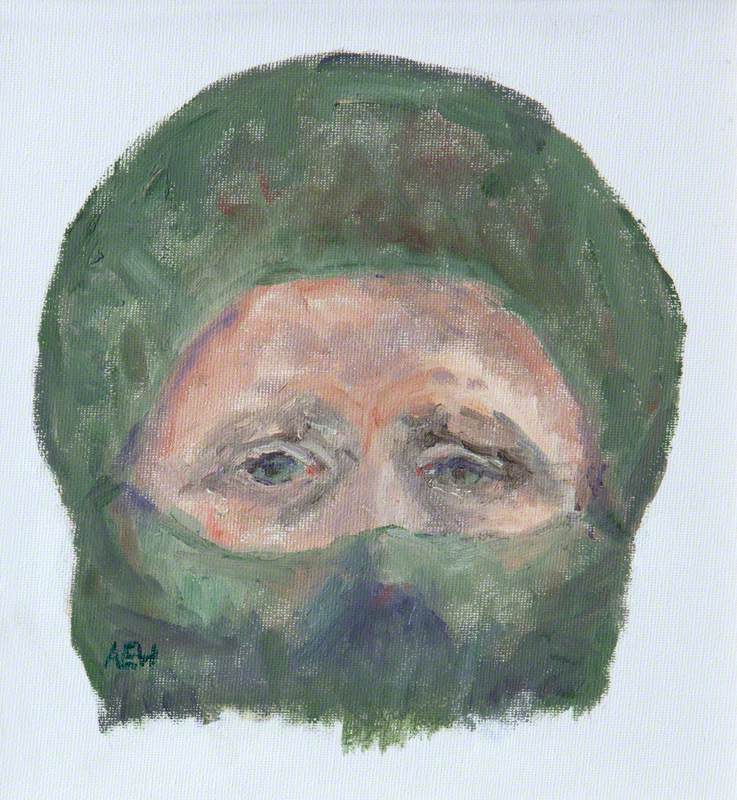
Woman in Medicine (Self Portrait) c.2004
Adrienne Winter (b.1938)
-

Winter Palace 1981
Bridget Riley (b.1931)
-
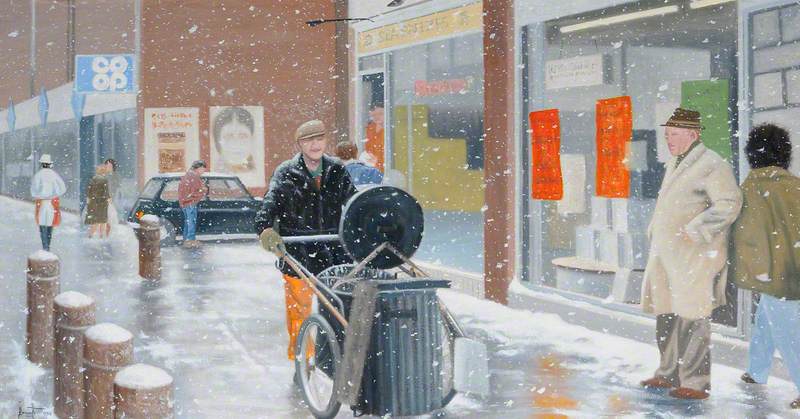
Winter Work, Brunswick Road, Buckley 1993
Joseph Chesters (b.1946)
-
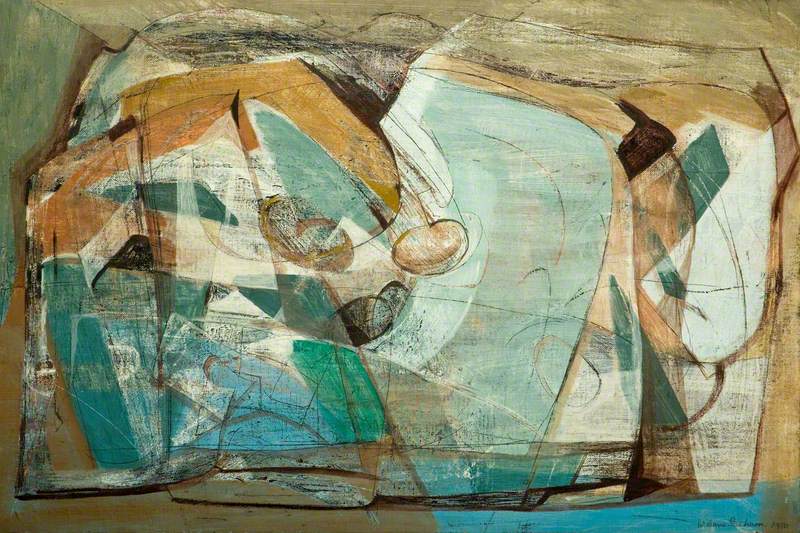
Glacier, Rock Forms 1950
Wilhelmina Barns-Graham (1912–2004)
-

Winter Evening 1975
James H. Fairgrieve (b.1944)
-
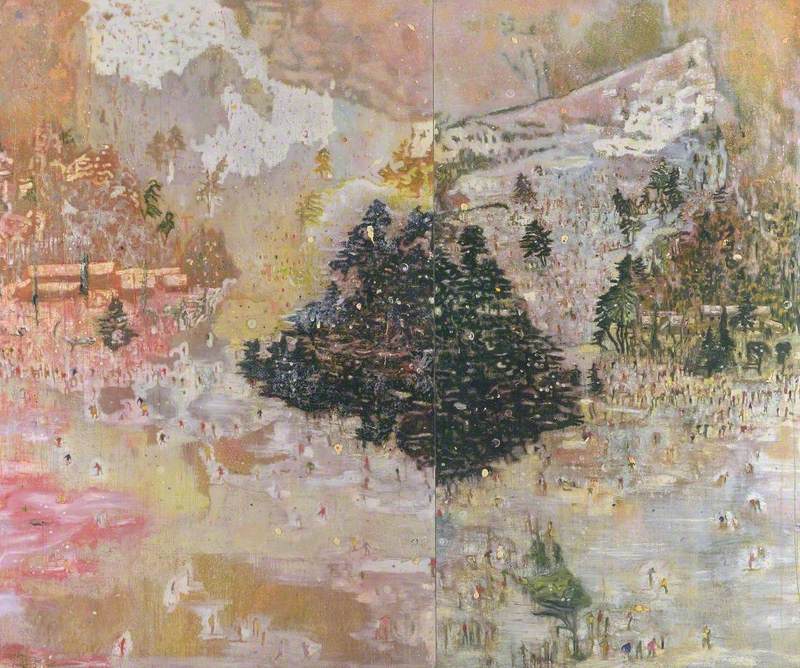
Ski Jacket 1994
Peter Doig (b.1959)
-

The Blue Shadow 1963
Kathleen Harris (active 1960–1979)
-
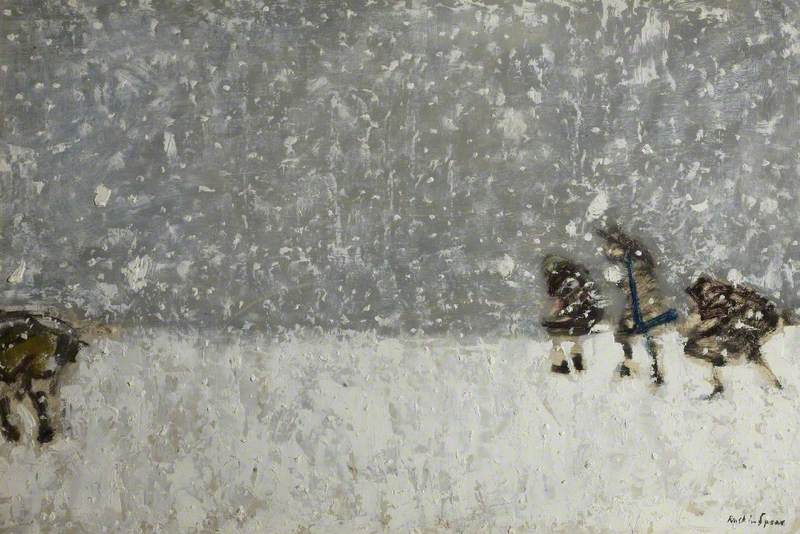
Children in the Snow
Ruskin Spear (1911–1990)
Spring
Put a spring in your step (or words!) with these spring-themed artworks.
-
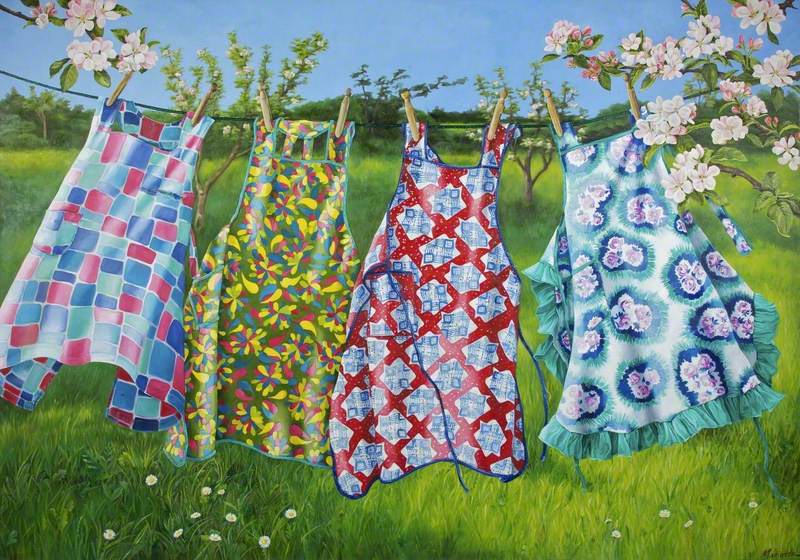
Spring Clean 2010
Mariette Voke (b.1963)
-

Untitled (Girton College Grounds) 2006
Colin Osborn (b.1954)
-

Spring Colour Study No. 11 1993
Mary Webb (b.1939)
-
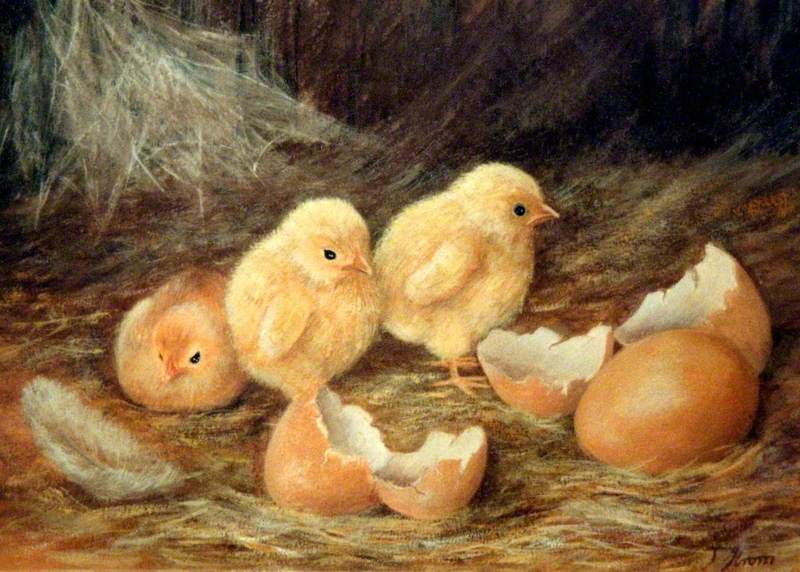
Spring Hatch
Jill Christine Ibrom (b.1942)
-
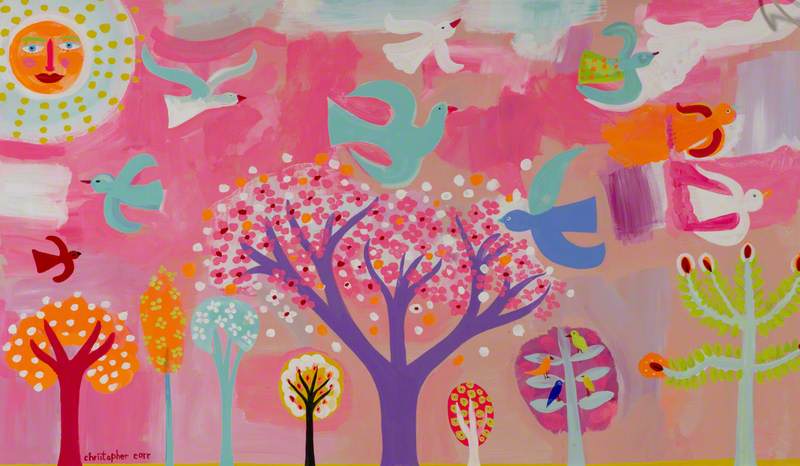
Spring
Christopher Corr (b.1955)
-
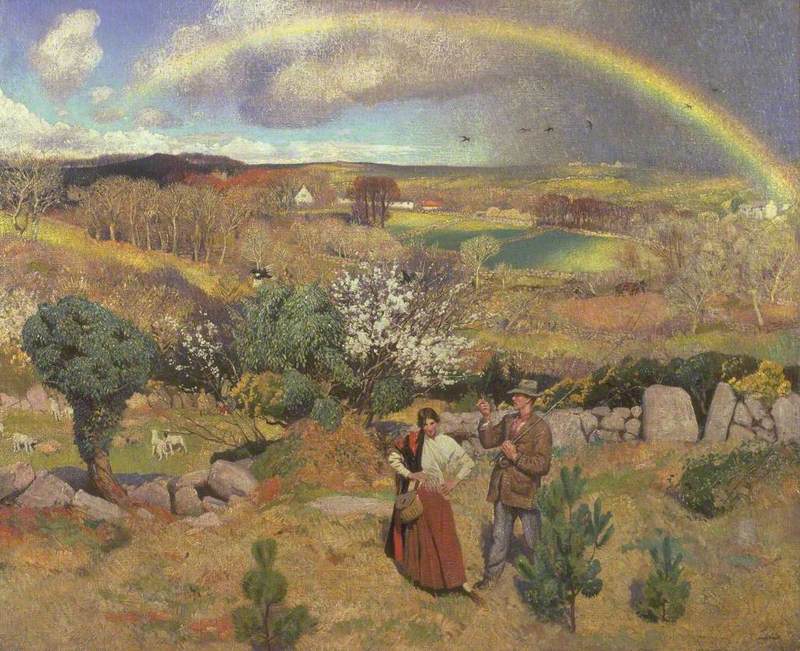
Spring 1916–20
Laura Knight (1877–1970)
-

Spring 1972
Winifred Burnett
-

Spring 1965
Sonia Lawson (b.1934)
Summer
Warm up your inspiration with these summery artworks.
-
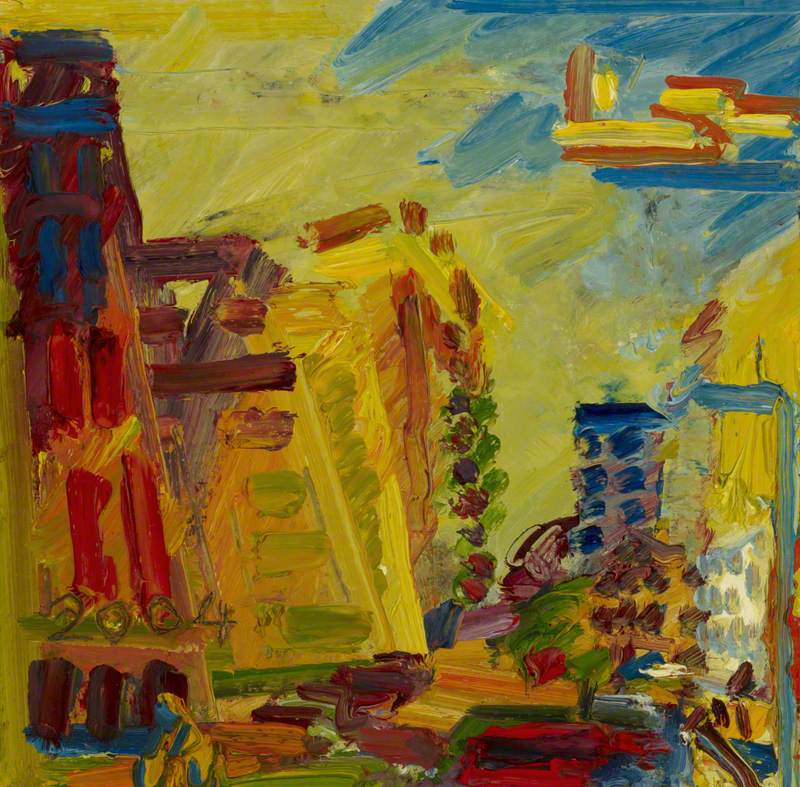
Mornington Crescent – Summer Morning II 2004
Frank Helmuth Auerbach (b.1931)
-
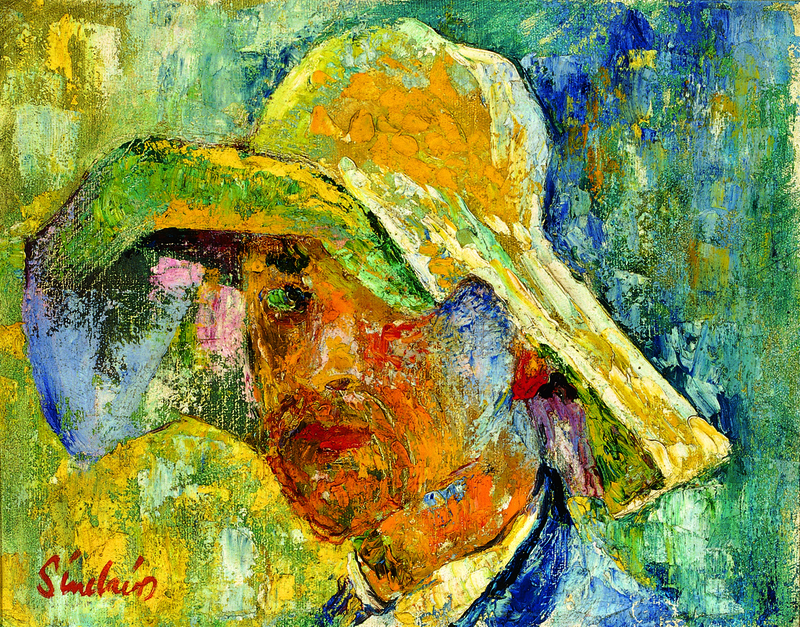
Self Portrait with Sun Hat c.1964
Sinclair Robert Thomson (1915–1983)
-

Summer Eclogue 1951
Robert Medley (1905–1994)
-
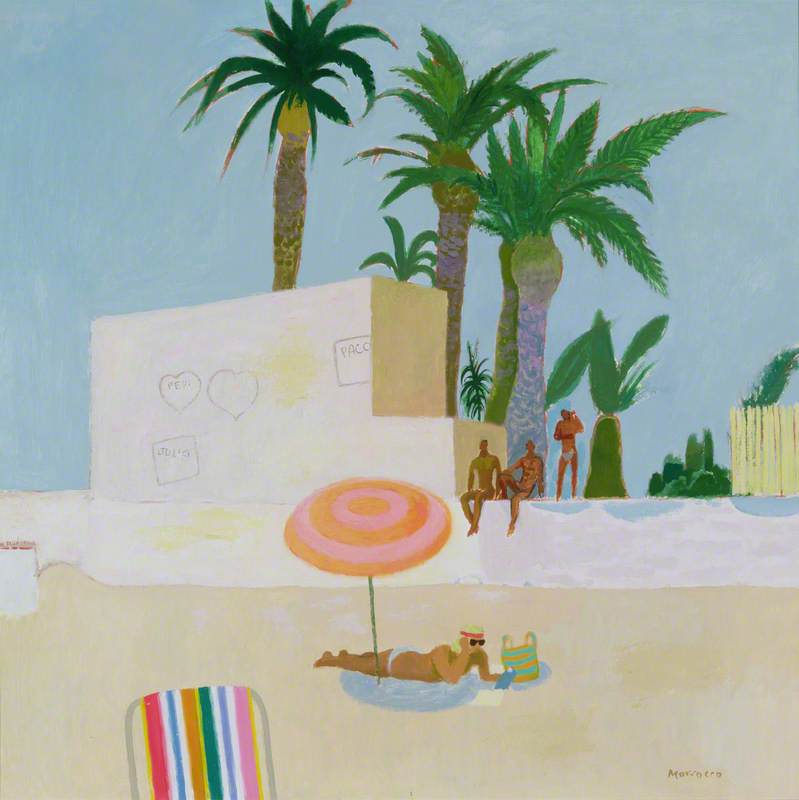
Love on the Costa del Sol c.1983
Alberto Morrocco (1917–1998)
-

Fernhill III: ‘under the new made clouds’ 1976
John Elwyn (1916–1997)
-

July, the Seaside 1943
Laurence Stephen Lowry (1887–1976)
-
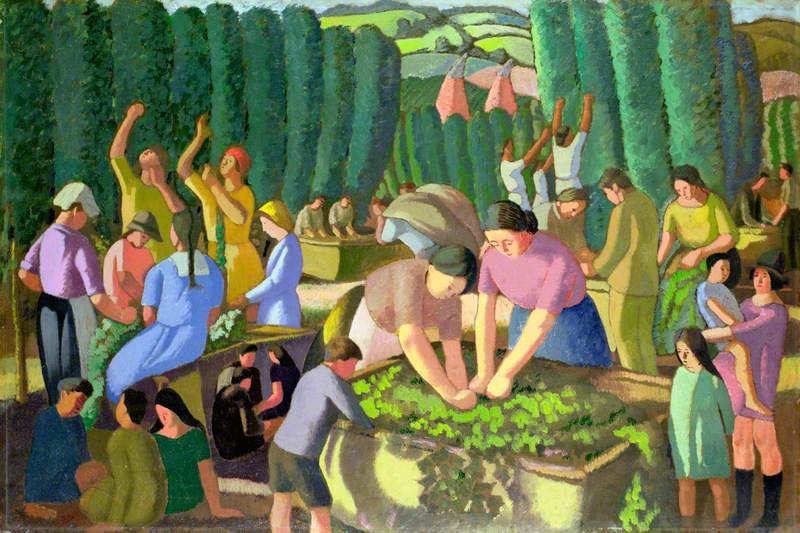
The Hop-Pickers c.1930
Thomas Saunders Nash (1891–1968)
-

Pobl Fel Ni / People Like Us 1993
John Clinch (1934–2001)
Autumn
The days are drawing in… Feel inspired by autumn's colours.
-
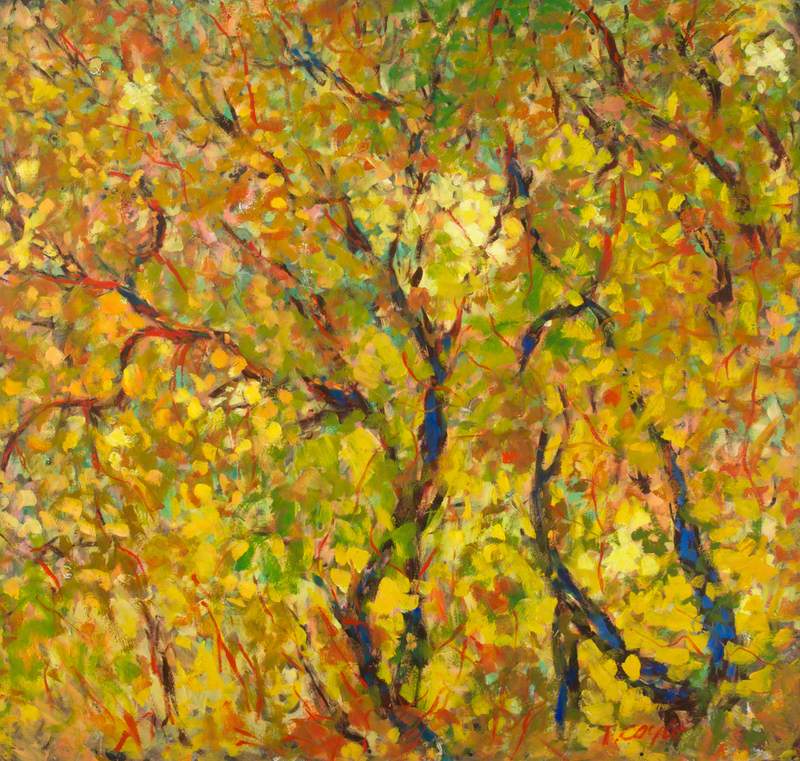
Autumn Remembered
Terence Coyle
-

Keele Hall 1989
Shi-he Dai (active 1989–1990)
-

Autumn Flowers (Chair) 2007
Nina Saunders (b.1958)
-
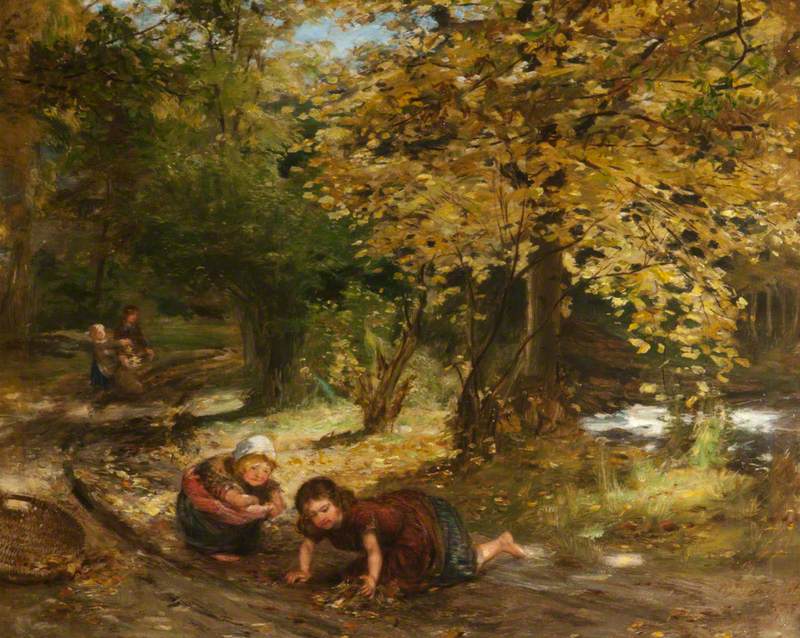
Autumn Leaves 1875
William McTaggart (1835–1910)
-
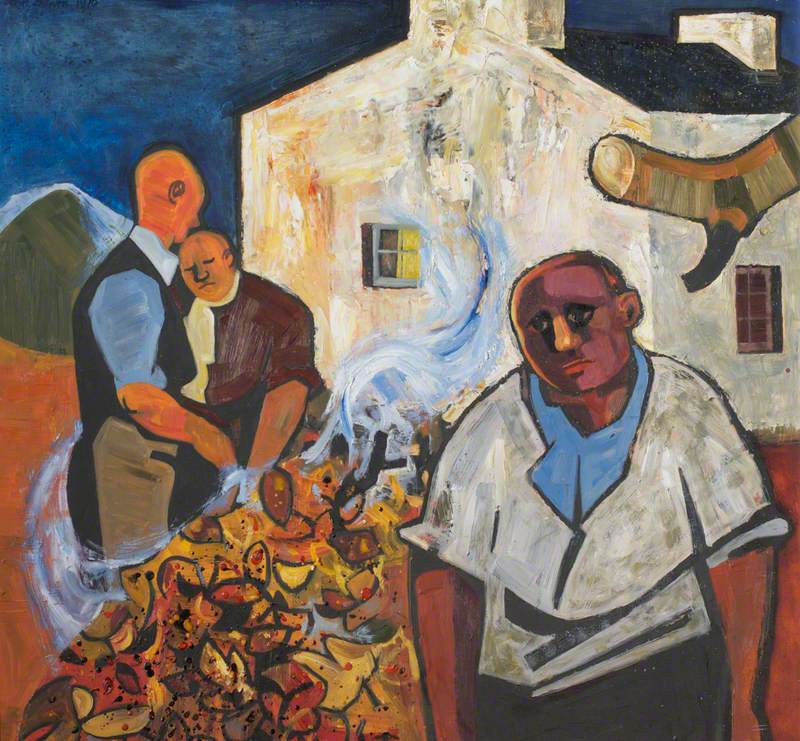
Autumn Evening 1970
John Bowen (1914–2006)
-
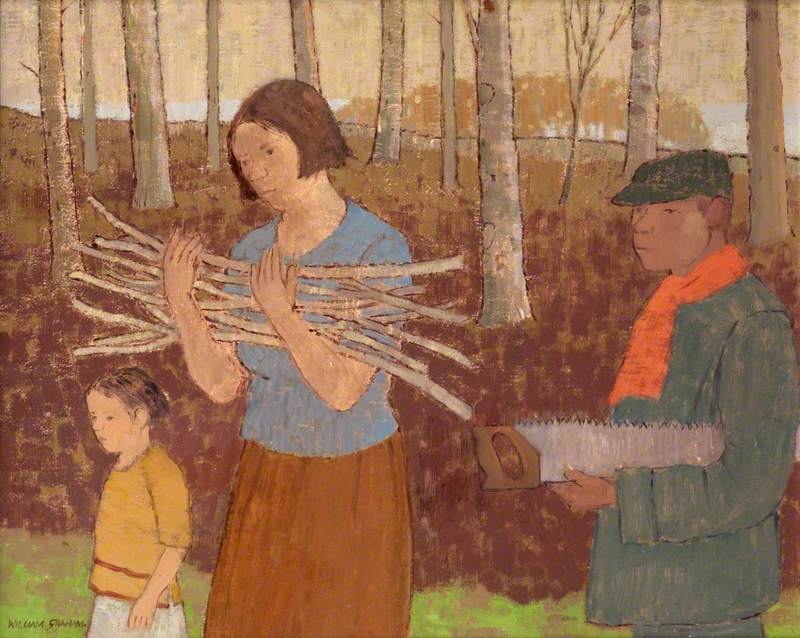
Gathering Wood 1990s
William Graham (1923–2011)
-
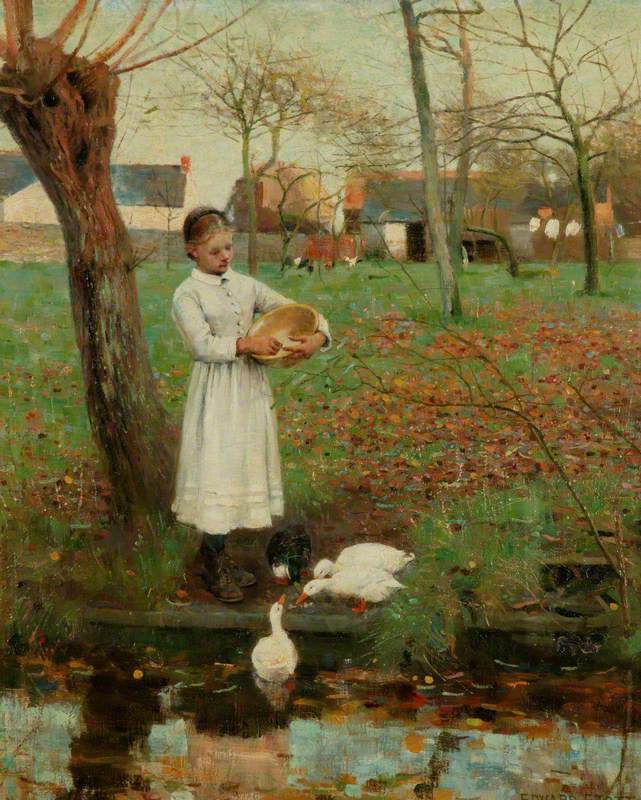
Feeding the Ducks 1885
William Edward Stott (1855–1918)
-
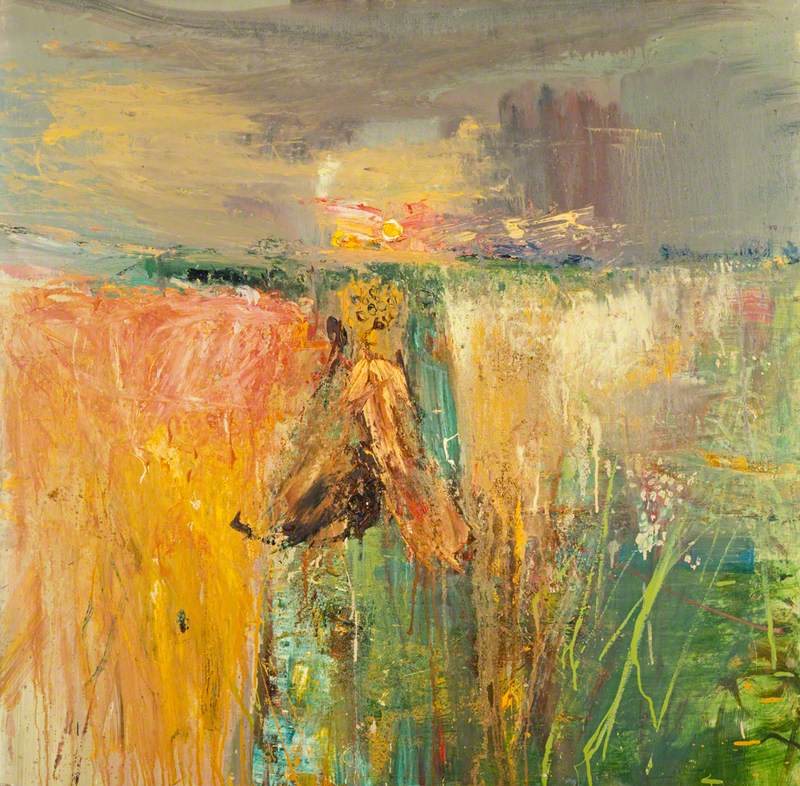
Harvest 1960–1961
Joan Kathleen Harding Eardley (1921–1963)
2. Note down your first thoughts
Write down your first impressions of the artwork you have chosen.
This could be about what you can see in the artwork (the scenes, the colours, etc.) or what it makes you feel. It could also be about a memory that the artwork makes you think of.
3. Write your haiku
Use your notes to write your haiku.
Choose the words or ideas that you like best and see if you can form them into the structure of a haiku.
Remember that haikus are usually composed of three lines with the middle line being the longest. And they often have a syllabic structure of five syllables in the first line, seven syllables in the second line and five in the last line.
Try writing a few haikus experimenting with different words and ideas, and choose the one that you think works best.
